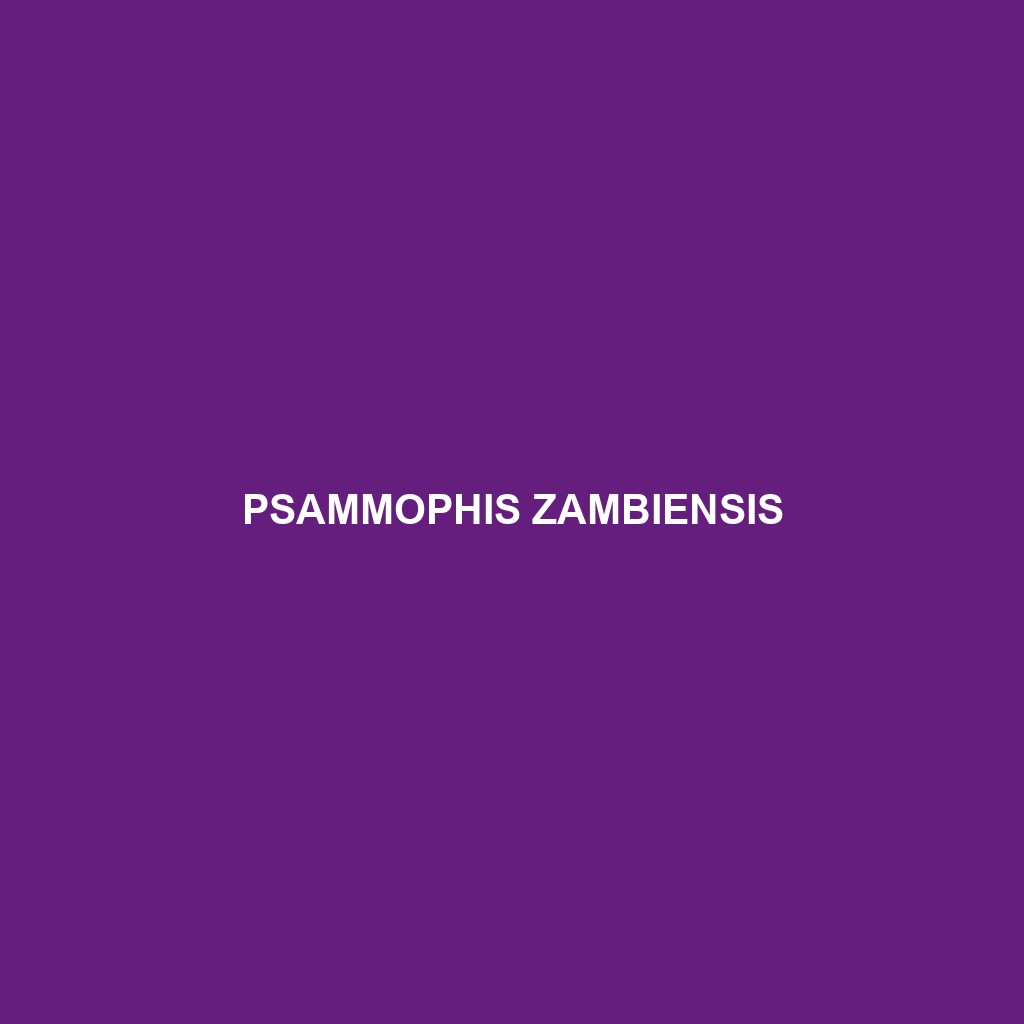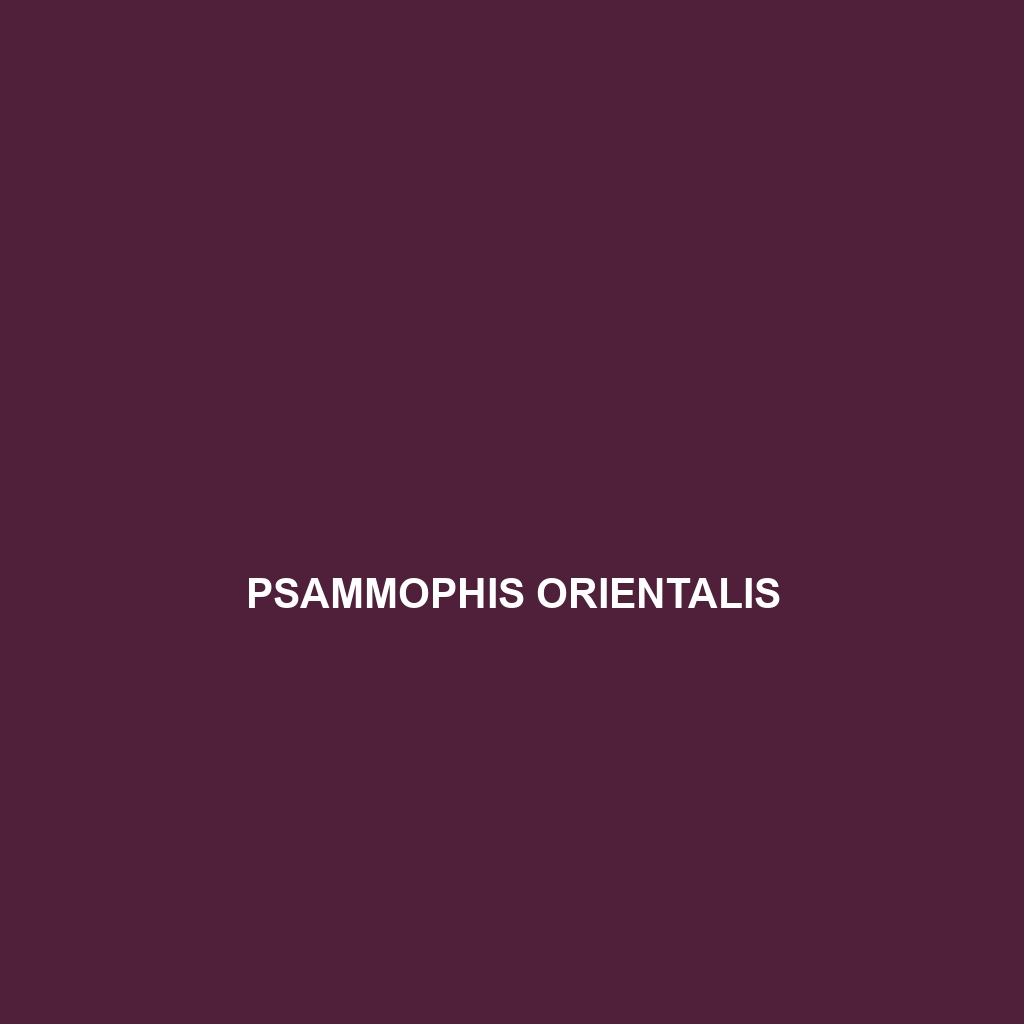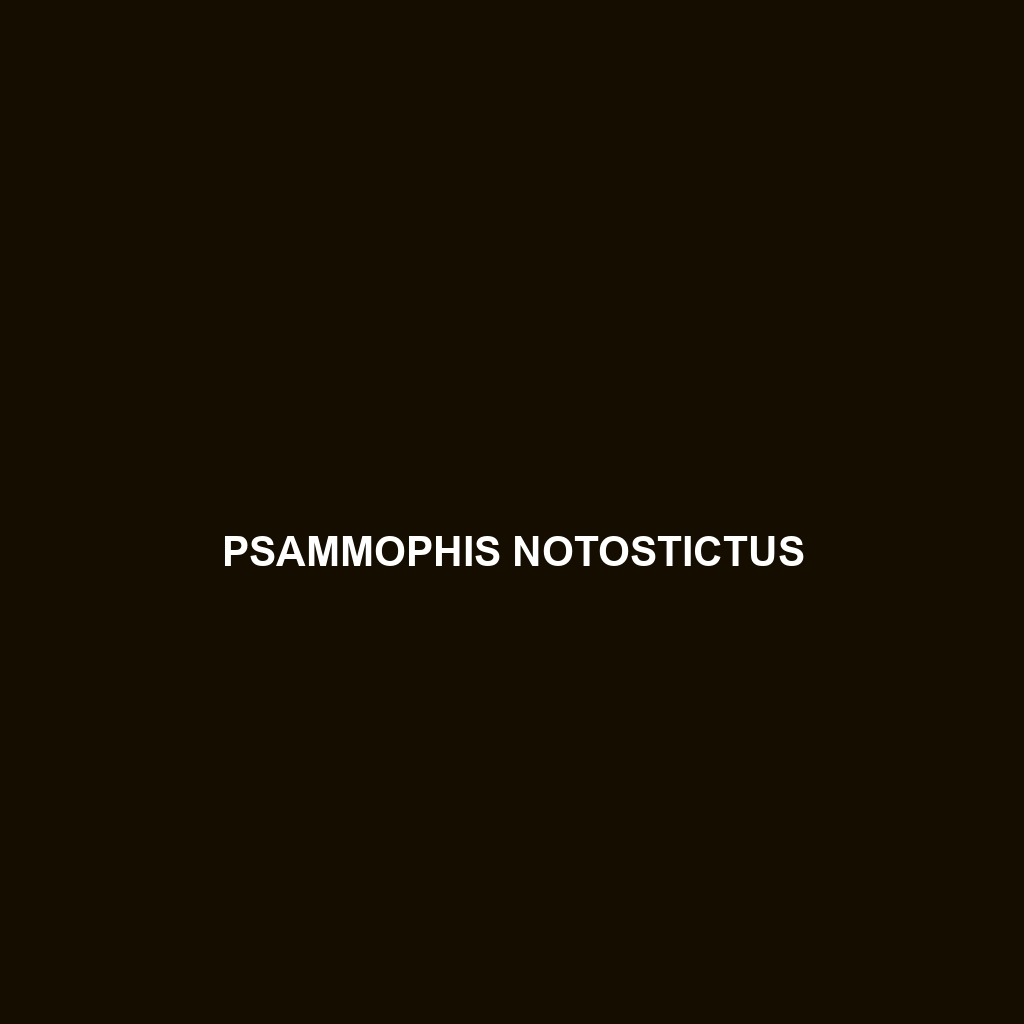<b>Protobothrops xiangchengensis</b>, known as the Xiangcheng pit viper, is a striking, carnivorous snake native to southern China, typically measuring 1 to 1.5 meters in length with robust green or brown bodies adorned with dark patterns. This nocturnal predator inhabits temperate forests and mountainous regions, utilizing its excellent camouflage and heat-sensing pits to ambush small mammals and birds, while playing a crucial role in maintaining the ecological balance of its habitat.
Tag: Snake ecology
Porthidium arcosae
<p><b>Porthidium arcosae</b> is a striking, nocturnal serpent from Central America, thriving in diverse habitats like rainforests and savannas. Known for its vibrant, patterned scales and ambush hunting behavior, it plays a vital role in regulating local ecosystems as both predator and prey.</p>
Ptyas nigromarginata
<p><b>Ptyas nigromarginata</b>, commonly known as the Black-margin Rat Snake, is a sleek, diurnal snake found in Southeast Asia's tropical rainforests, characterized by smooth scales with striking black margins. This carnivorous species primarily preys on small mammals and birds, utilizing a constriction method, while playing a vital role in its ecosystem as both a predator and prey.</p>
Ptyas multicincta
<b>Ptyas multicincta</b>, commonly known as the Indo-Chinese rat snake, is a strikingly patterned serpent native to Southeast Asia, known for its adaptability to various habitats, including tropical forests and agricultural areas. With a slender body that can reach up to 3 meters and a diet primarily consisting of small mammals and birds, this non-venomous snake plays a crucial ecological role by controlling rodent populations.
Pseudocerastes persicus
Discover the Pseudocerastes persicus, or Persian horned viper, a striking snake native to arid regions of the Middle East, featuring distinctive horns, a stout body, and remarkable camouflage. Known for its nocturnal hunting habits and ambush predation, this species plays a vital role in its ecosystem by regulating small mammal and bird populations.
Pseudoboa martinsi
<p><b>Pseudoboa martinsi</b>, known as the Martin's Pseudoboa, thrives in the lush rainforests of Central and South America, featuring a slender body that can reach up to 2.5 meters, vibrant green coloration with intricate patterns, and a diet primarily composed of small mammals and birds. As an excellent climber, this fascinating snake plays a crucial role in the ecosystem by controlling prey populations while exhibiting remarkable camouflage and adaptability to its habitat.</p>
Psammophis zambiensis
<p><b>Psammophis zambiensis</b>, or the Zambian sand snake, is a slender, agile reptile native to southern Africa, thriving in warm, sandy habitats. This carnivorous snake, reaching up to 1.2 meters (4 feet) in length, preys on small vertebrates and insects, playing a vital role in its ecosystem.</p>
Psammophis orientalis
The Psammophis orientalis, or Eastern Sand Snake, is a diurnal predator thriving in warm climates like savannas and grasslands. Known for its slender body, distinctive sandy coloration, and impressive speed, this non-venomous snake primarily preys on small mammals, birds, and lizards while playing a vital role in maintaining ecosystem balance.
Psammophis notostictus
<b>Psammophis notostictus</b>, also known as the striped sand snake, is a slender, diurnal reptile native to arid regions of northeastern Africa, notable for its striking light brown coloration with dark stripes. This carnivore primarily feeds on small rodents and lizards, playing a crucial role in maintaining ecological balance within its diverse habitats.
Psammophilus dorsalis
Psammophilus dorsalis, commonly known as the Indian Sand Boa, thrives in arid regions of India, featuring a slender body that reaches lengths of 40 to 60 cm, adorned with sandy yellow and brown coloration for excellent camouflage. Primarily insectivorous and known for its burrowing habits, this species plays a crucial role in its ecosystem by helping to control insect populations and serving as prey for larger animals.









